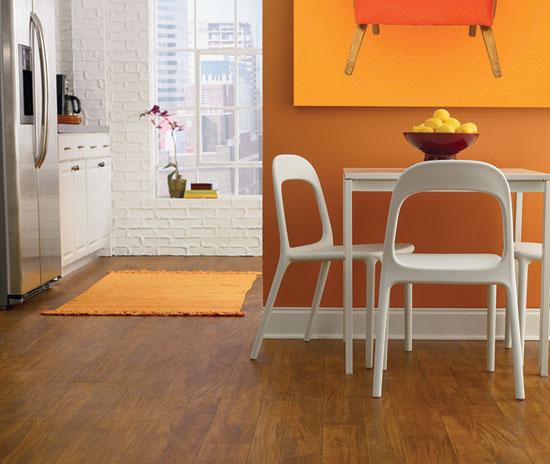Survey 2010: What the Retailers Think - July 2010
By Darius Helm
As we approach the four-year anniversary of the housing market collapse, the consensus among retailers is that conditions are finally improving, and this year may be the one where the tide shifts and business actually grows.
While indicators are generally trending in the right direction, every month seems to show a stutter in some key statistic, like existing home sales or unemployment numbers, reminding us that conditions are fragile at best and recovery is going to be a slow process.
Last year, over 80% of respondents reported that sales and earnings were down, compared to 70% in 2008. However, this year only 56% reported a drop in sales, and 57% reported a drop in earnings. That’s a dramatic shift from the trend of the last three years.
WHO THEY ARE
This year’s survey drew many more responses than we received in 2009, which itself was the highest year in the survey’s history. Though 40% of last year’s responses came from Midwestern retailers, this year the South edged out the Midwest slightly; both comprised a little over 30% of respondents. An additional 23% of responses came from the South, and 16% came from the East.
This year a higher number of retailers reported sales of less than $600,000, 21% compared to 9% last year. In all, 71% reported sales of $2 million or less, compared to 58% last year—suggesting that the average retailer saw sales slip again last year. About 14% reported sales of $5 million or more, just about the same as last year, so it seems as if the bigger players have generally been more successful than the smaller retailers.
We asked retailers how they compensated their sales teams, and 45% reported paying a straight salary, 27% said straight commission, and 28% reported some combination of the two. That’s close to last year, when 42% said they did straight salary, 25% said straight commission, and 33% said a combination.
Regionally there were fewer differences than last year, when, for example, 82% of those in the East reported paying straight salaries and none reported paying straight commission. This year the biggest deviations from the average were 53% of Midwestern retailers saying they pay straight salary at one end, and 41% of Southern retailers at the other end, where pure commission was highest, at 30%.
When we asked retailers whether their installers were independent contractors or company employees, 80% overall claimed to use independent contractors, almost exactly the same result as last year (79%). And just like last year, the region with the highest use of independent contractors was the South, at 86% this year and 89% last year.
The East and the West came in the same, at 72% using independent contractors, compared to 78% and 71%, respectively, last year. Finally, 84% of retailers in the Midwest reported using independent contractors, compared to 79% last year.
Since it’s a fairly common strategy during recessions for businesses to take ownership of as many earning streams as possible, at first glance it might seem surprising that more retailers have not taken installation in-house. After all, just about every flooring needs professional installation. But it looks like the expertise of the installation business may involve more of a focus than many retailers are prepared to undertake, since there’s been no sign of such a move despite the intense economic pressures under which most retailers are operating.
Even so, independent contractors are not getting the work volume of previous years, and many have had to look beyond the residential flooring market to make ends meet. Contract dealers in the commercial market report that they’re getting a lot of low-bid competition from newcomers to the market who just want to get the job, and it’s been wreaking havoc.
For the complete Survey results, see the July 2010 issue of Floor Focus Magazine.
Copyright 2010 Floor Focus
Related Topics:The International Surface Event (TISE)
